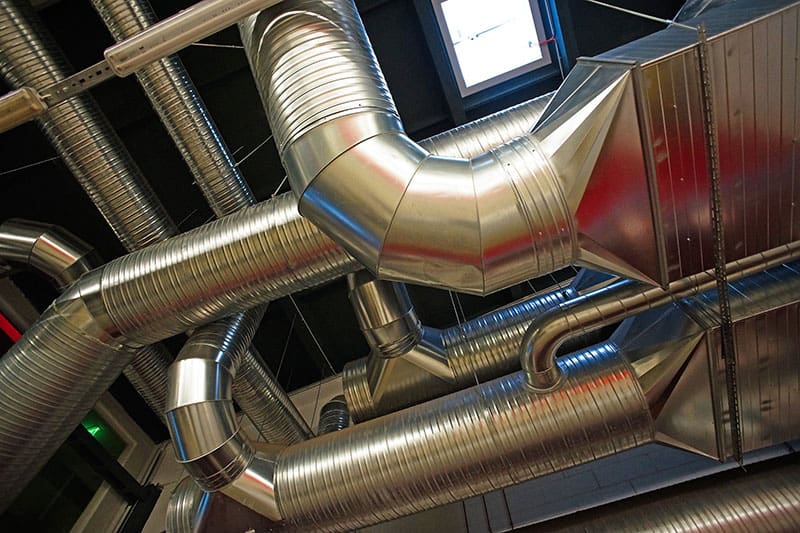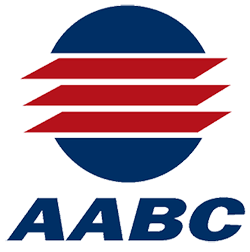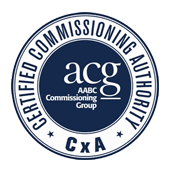HVAC Sound and Vibration Testing
HVAC Sound and Vibration Testing
Components of HVAC systems sometimes produce unnecessary sounds and vibrations that are transferred into building structures and occupied spaces. Chillers are one component that depending on its severity, this noise can injure, tire, and bother building occupants. In addition, excessive vibration may also promote early mechanical failure and poor performance of HVAC equipment. To determine the cause and level of components, a certified TAB firm is often contracted to take measurements of sound pressure and vibration levels. SITA has the necessary instruments and understanding of the fundamentals of sound and vibration origin, measurements and problem solving.
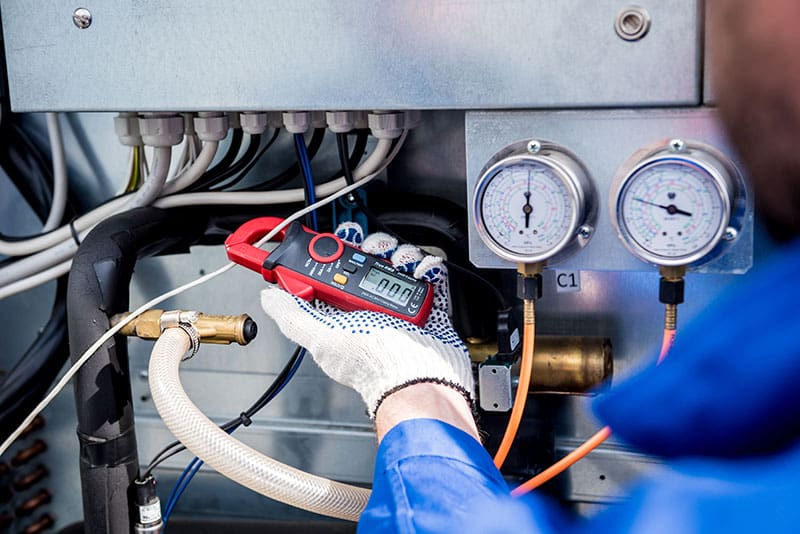
Benefits of HVAC Sound and Vibration Testing:
HVAC Sound and Vibration Testing benefits include: enhanced building performance, lower operating costs, and greater occupant comfort. When measurements are properly analyzed they can Identify equipment issues which minimize energy usage and operational costs.
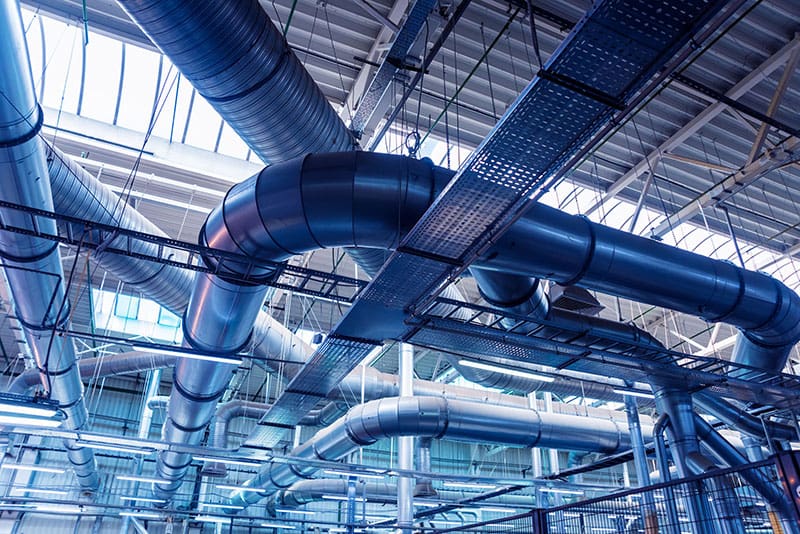

Benefits of HVAC Sound and Vibration Testing:
HVAC Sound and Vibration Testing benefits include: enhanced building performance, lower operating costs, and greater occupant comfort. When measurements are properly analyzed they can Identify equipment issues which minimize energy usage and operational costs.
5 Typical cause of Sound and Vibration issues
- Properly aligned motor and fan sheaves.
- Verify removal of all shipping brackets.
- Proper alignment of pumps and couplings.
- Ensure proper air volume is being achieved.
- Correct installation and tension of belt(s)
